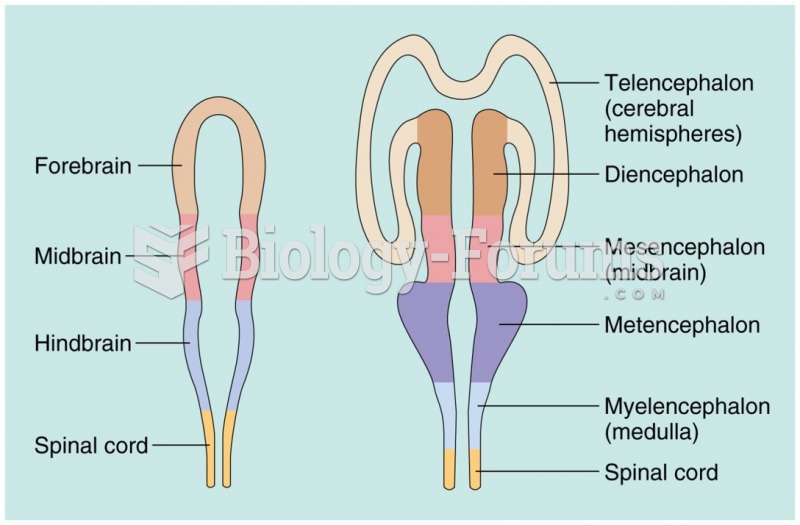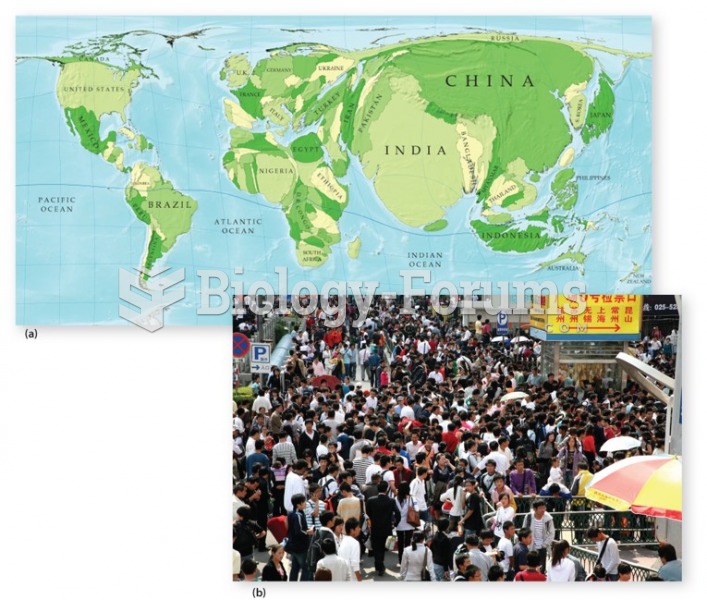Answer to Question 1
Answer: China and India are the world's two most populous countries and the policies they adopt going forward will no doubt heavily influence future prospects for global overpopulation. These two countries together encompass more than one-third of the world's population. They have, however, adopted very different family-planning programs.
The One Child Policy has been at the core of the China's family-planning program since 1980. The government gives couples financial subsidies, a long maternity leave, better housing, and (in rural areas) more land if they agree to have just one child. To further discourage births, people receive free contraceptives, abortions, and sterilizations. China has made substantial progress in reducing its rate of growth.
As they moves toward a market economy and their families become wealthier, the One Child Policy has been relaxed, especially in urban areas. Clinics provide counseling on a wider range of family-planning options. For the most part, fears that relaxing the One Child Policy would produce a large increase in the birth rate have been unfounded.
India on the other hand, has not officially placed limits on family size. However, it was one of the first countries to embark on a national family-planning program, in 1952. Birth-control devices are distributed free of charge or at subsidized prices. Abortions have been legal since 1972 and several million abortions are performed each year. India's most controversial family-planning program was the establishment of camps in 1971 to perform sterilizations, surgical procedures by which people were made incapable of reproduction. A sterilized person was paid the equivalent of roughly one month's salary in India. But public opposition grew, because people feared that they would be forcibly sterilized.
India's government no longer regards birth control as a top policy priority. Family programs have instead emphasized education, including ads on national radio and television networks and information distributed through local health centers.
Answer to Question 2
Answer: In his 1798 essay titled An Essay on the Principle of Population, Thomas Malthus argued that the world's rate of population increase was far outrunning the development of food supplies. He claimed that population was growing much more rapidly than Earth's food supply because population increased geometrically, whereas food supply increased arithmetically.
There are arguments supporting and criticizing Malthus' views. Supporters of Malthus argue that two characteristics of recent population growth make his thesis more frightening than when it was first written more than 200 years ago.
First, in Malthus's time only a few relatively wealthy countries had entered stage 2 of the demographic transition. Malthus failed to anticipate the rapid population growth of poor countries as medical technology was transferred from MDCs to LDC. As a result of this, he underestimated the gap between population growth and resources as we see in some countries today.
Secondly, world population growth is outstripping a wide variety of resources, not just food production. According to contemporary supporters of Malthus, wars and civil violence will increase in the coming years because of scarcities of clean air, potable water, suitable farmland and fuel, as well as of food.
Many geographers criticize Malthus's theory that population growth depletes resources. They argue that a larger population could stimulate economic growth and, therefore, production of more food. Population growth could generate more customers and more ideas for improving technology. Some theorists point to social injustice and economic institutions as the real culprits of today's poverty and hunger. Some theorists argue that social welfare problems are responsible for a lack of economic development. They argue that the world possesses sufficient resources to eliminate global hunger and poverty, if only these resources were shared equally. Whatever position one takes, it is clear that Malthus' ideas are still relevant today.






